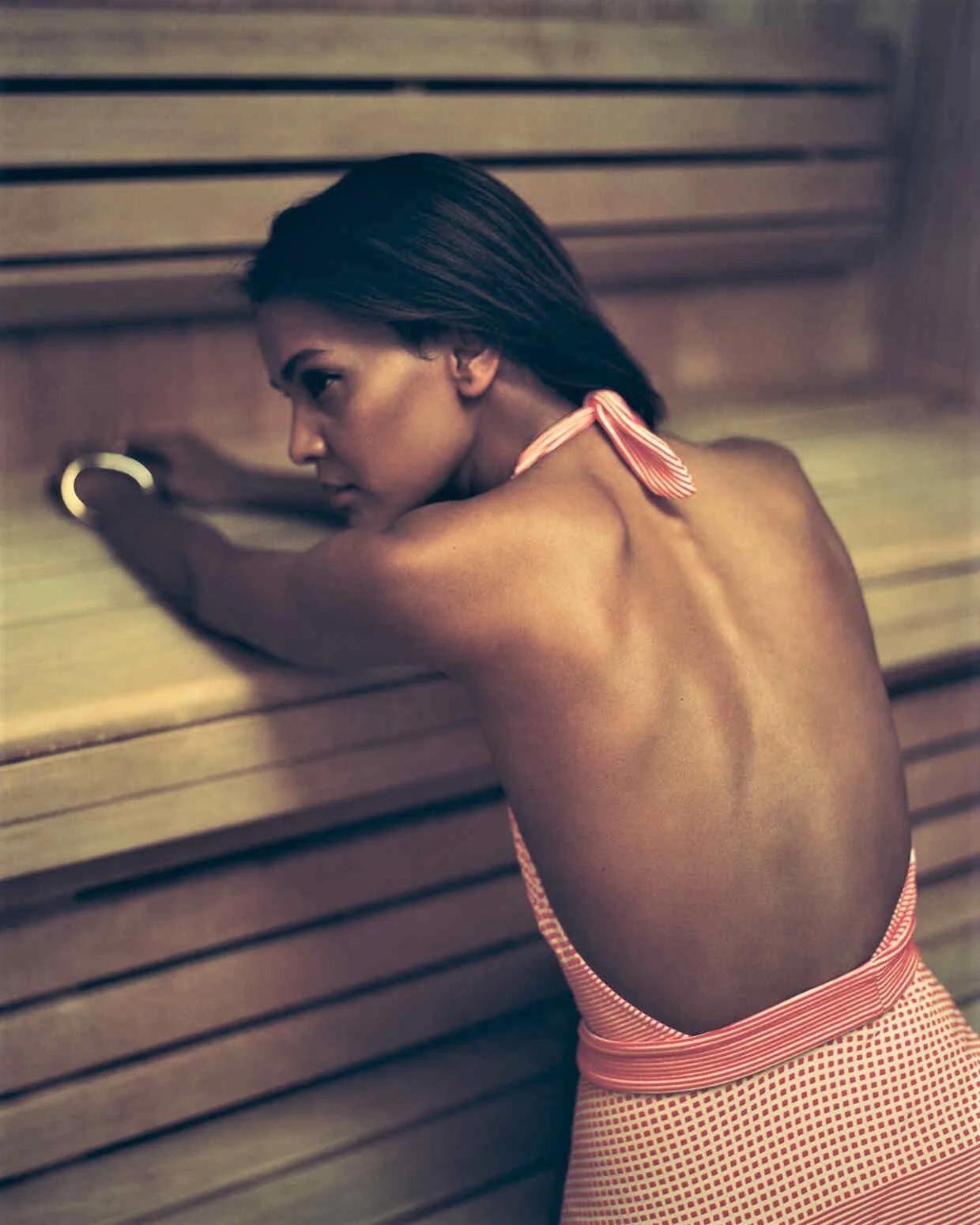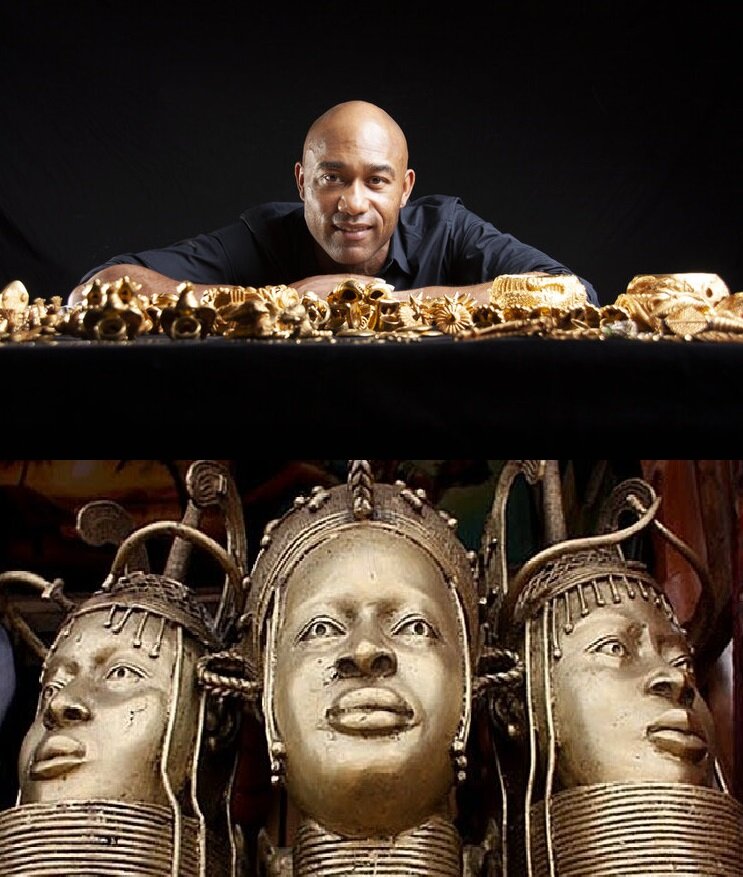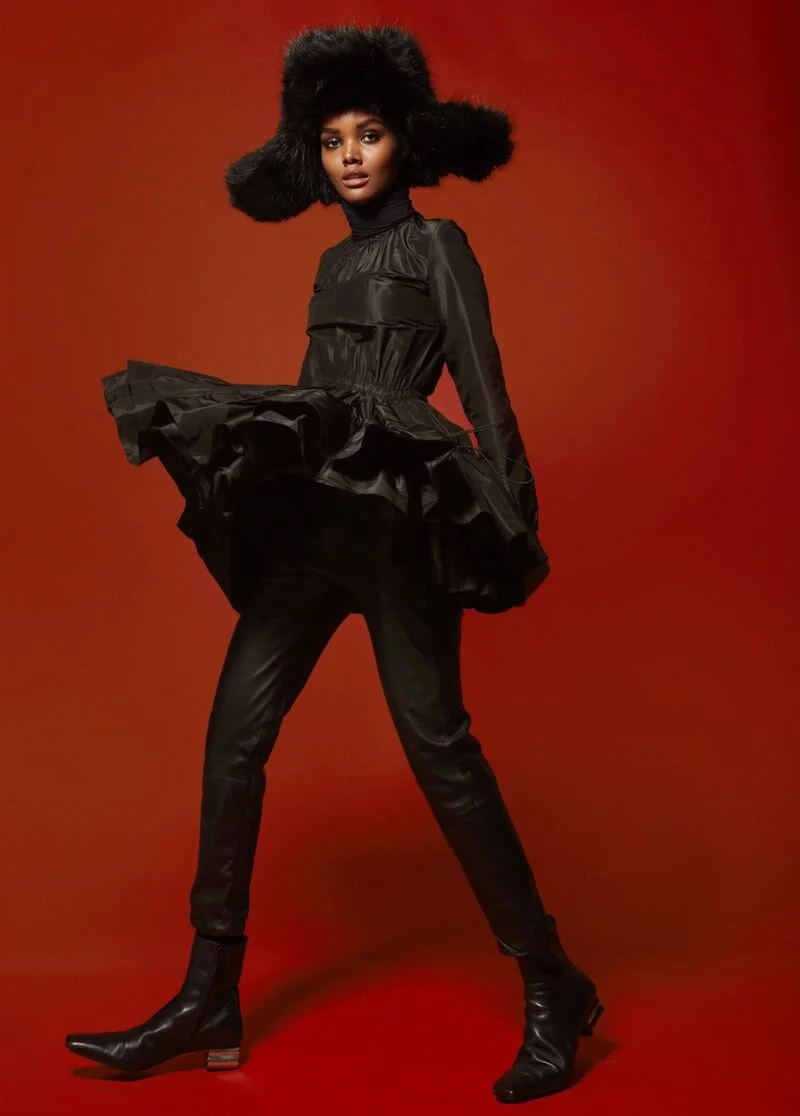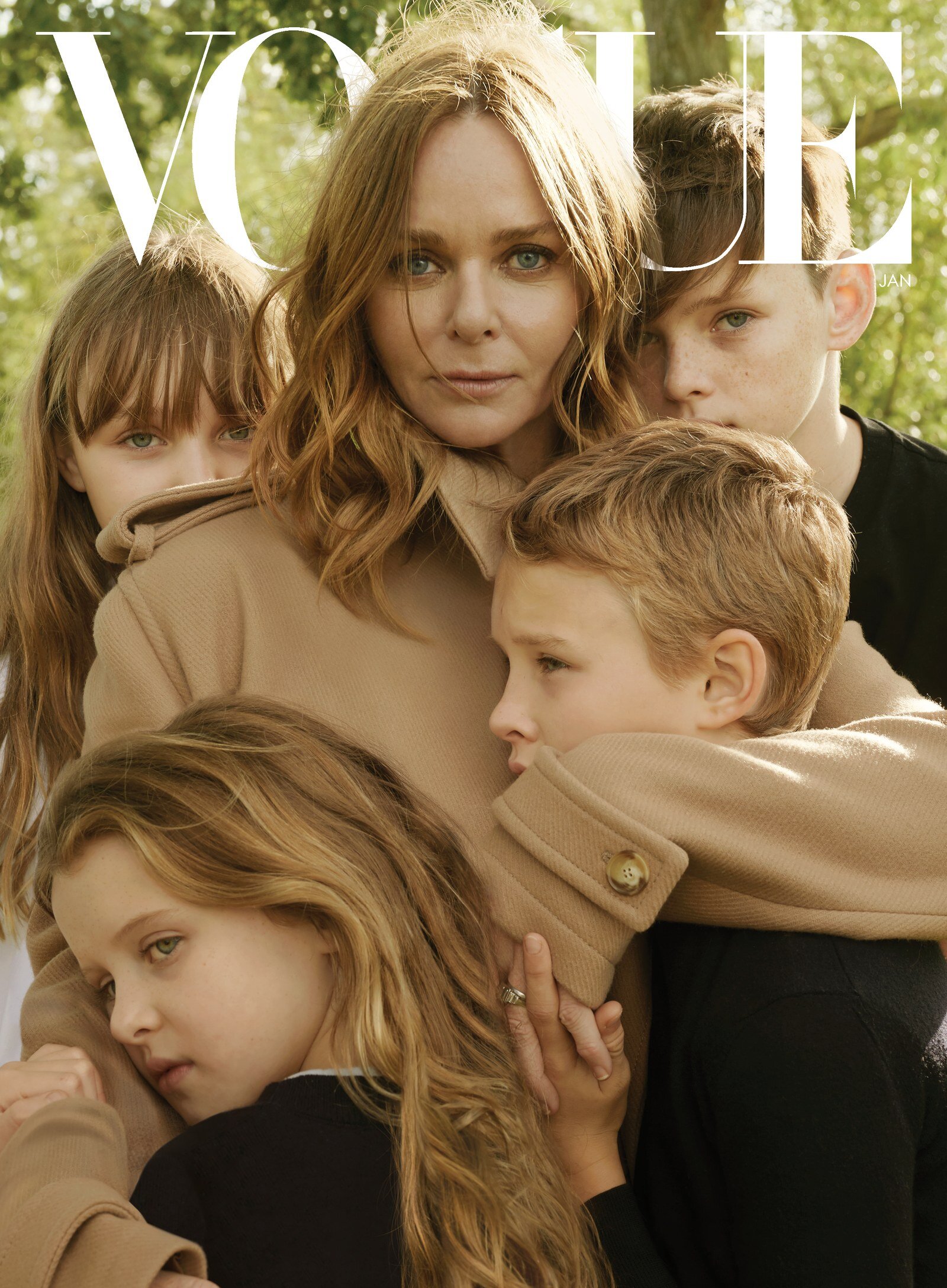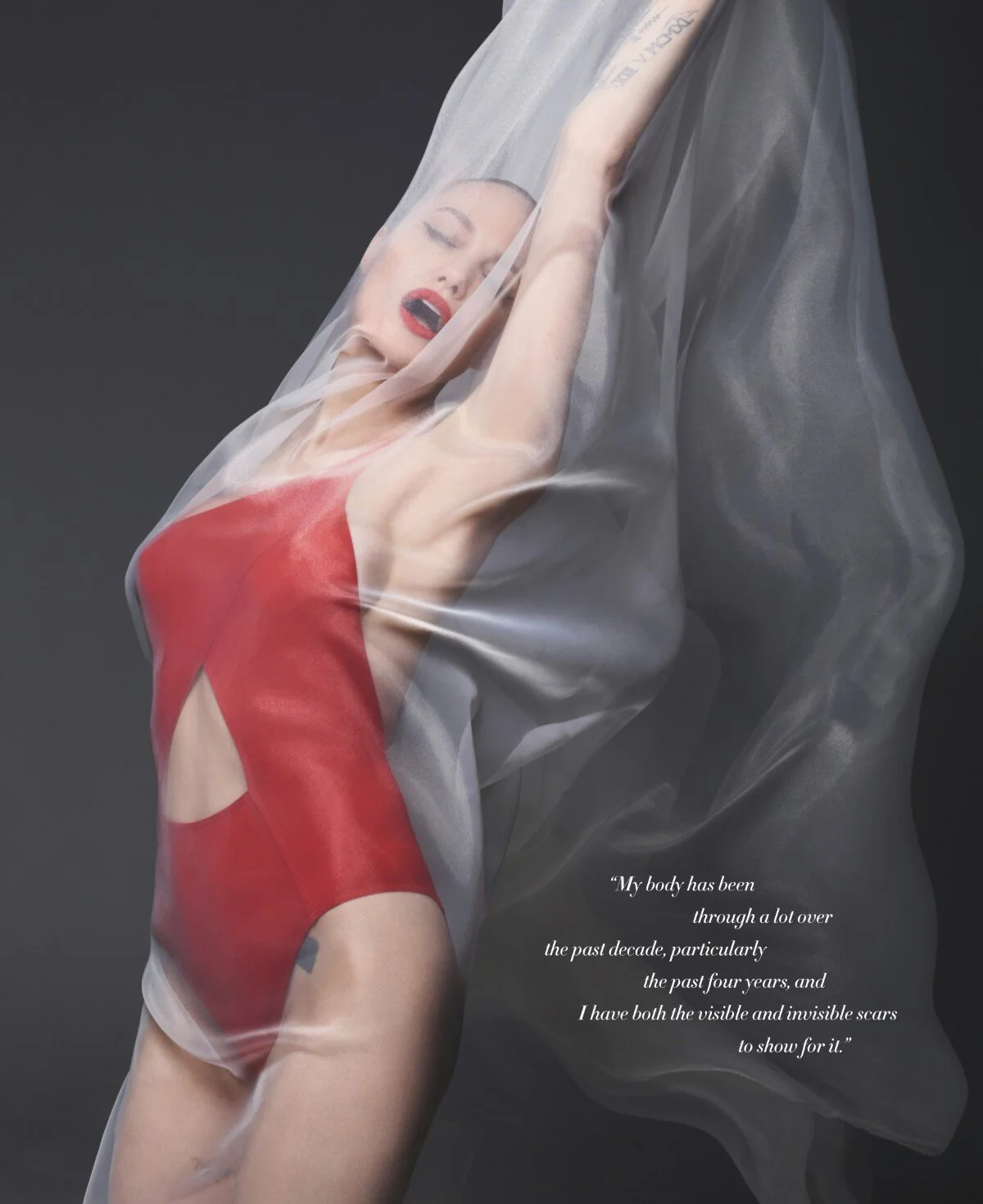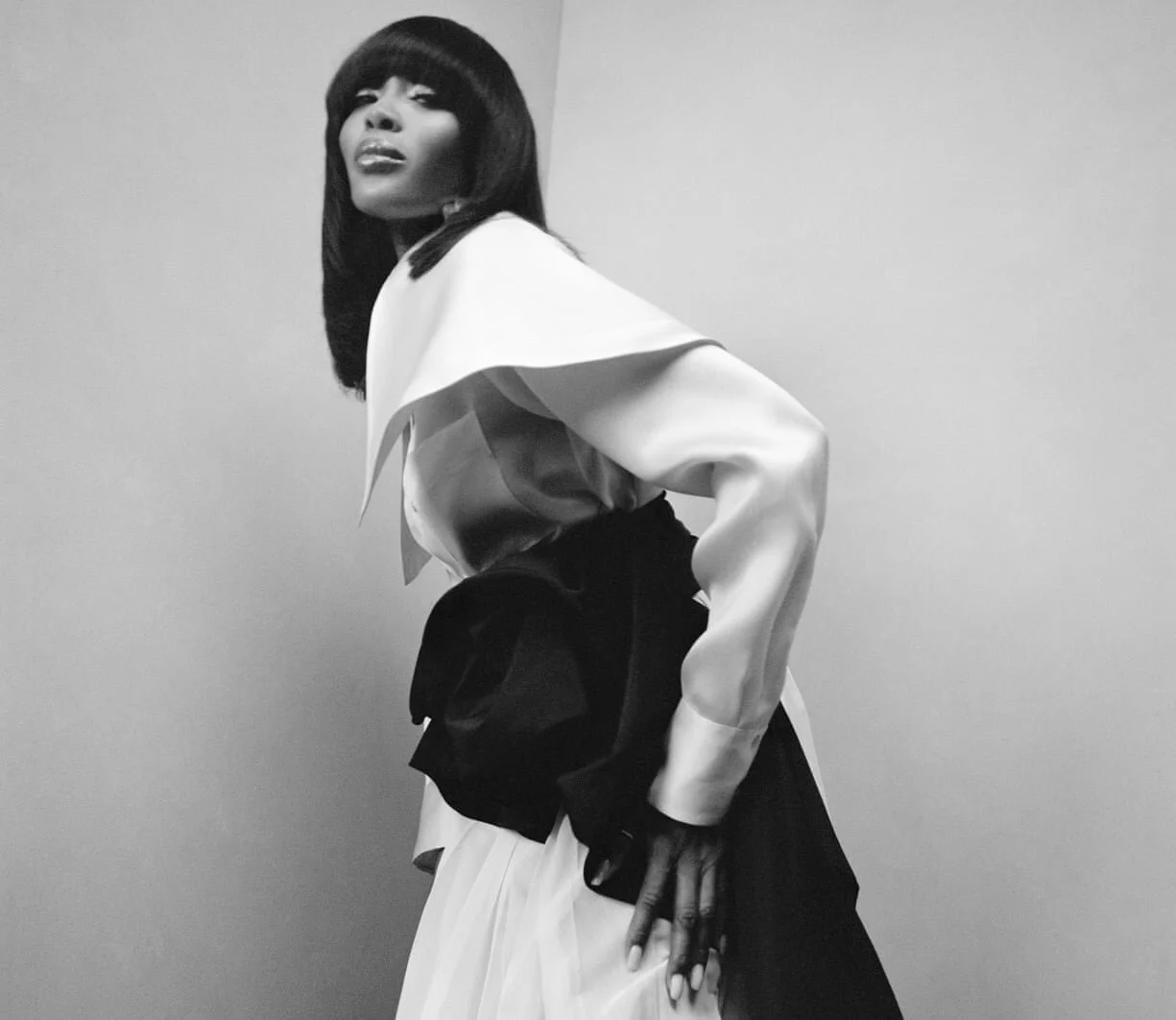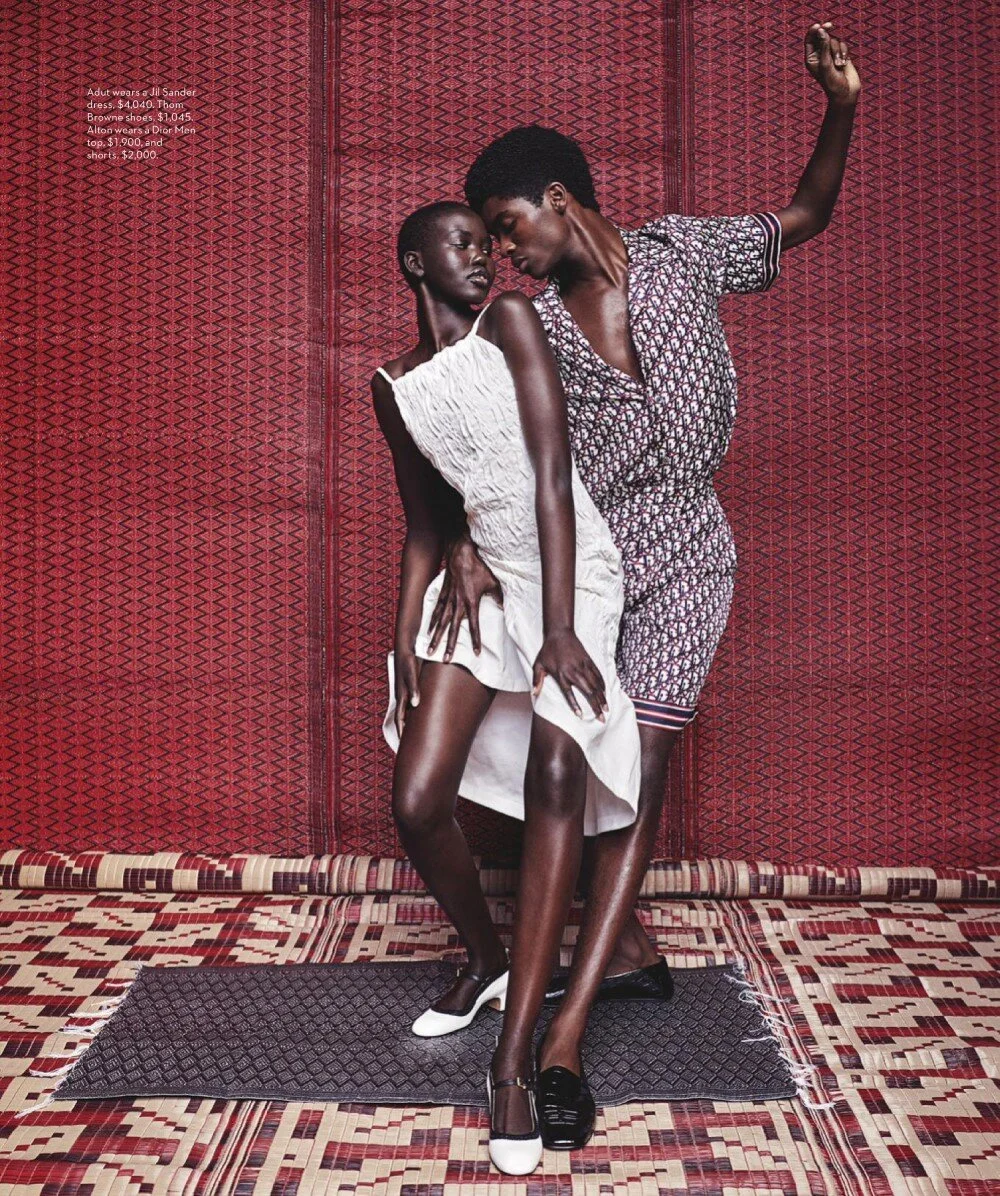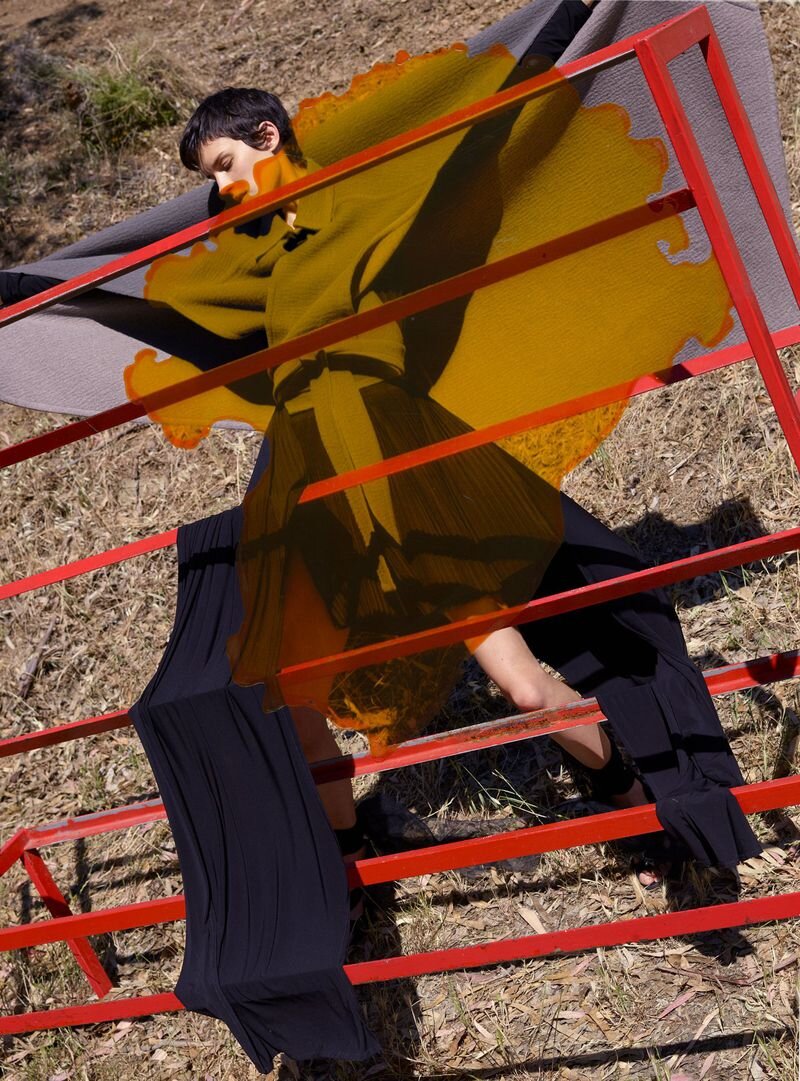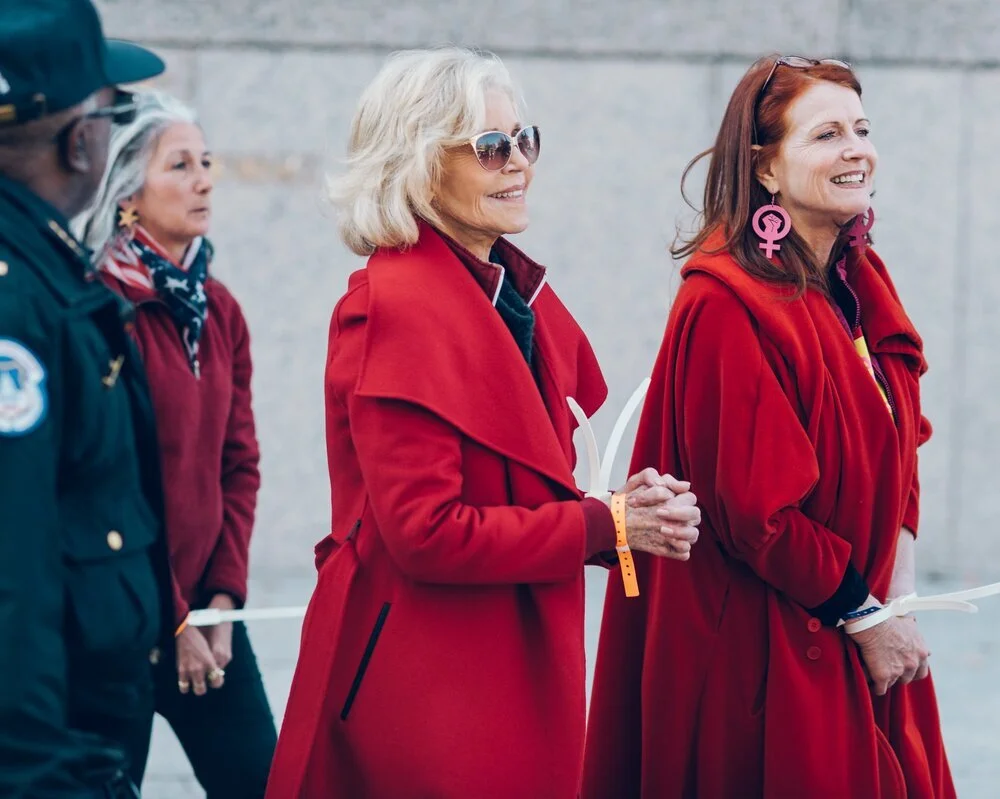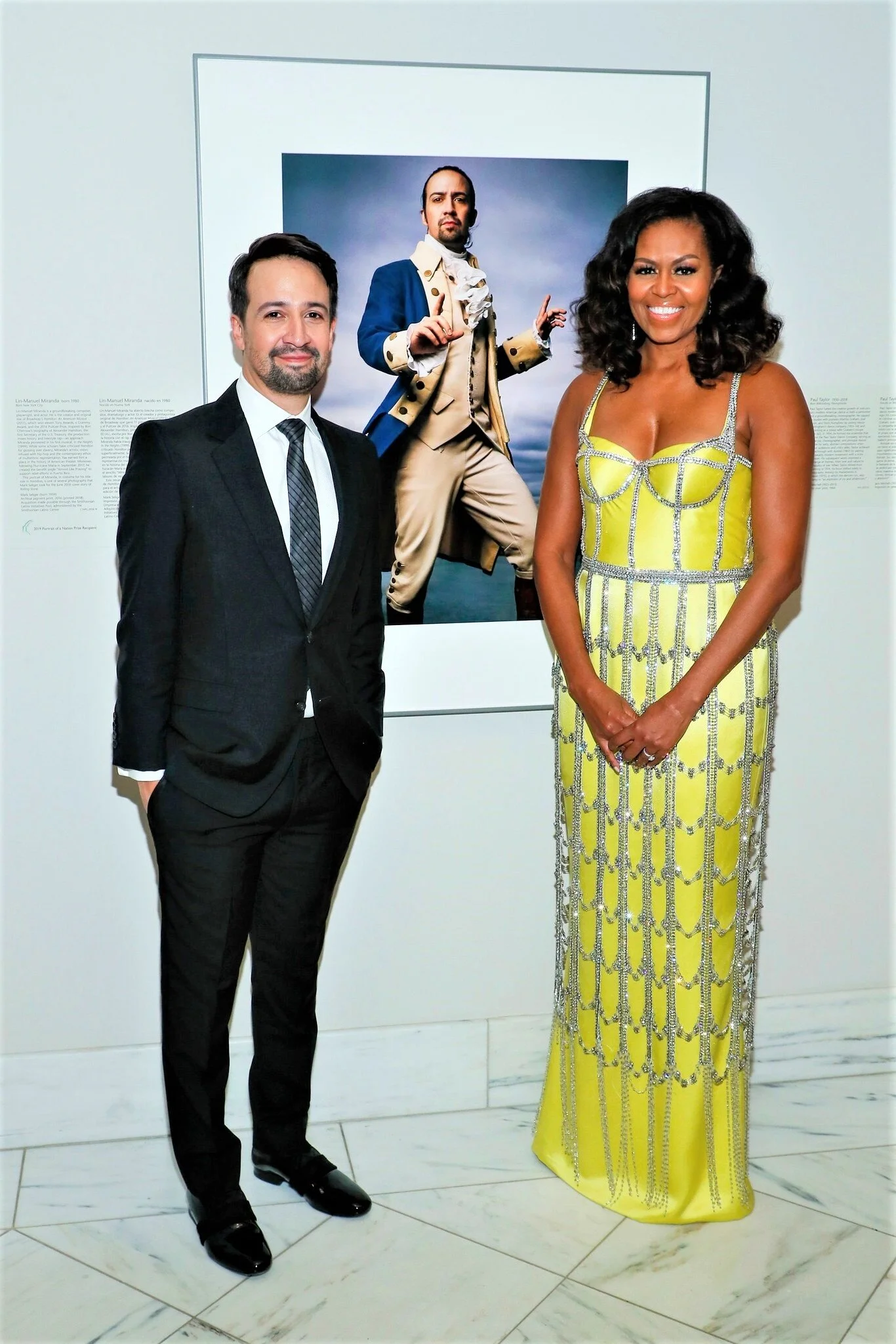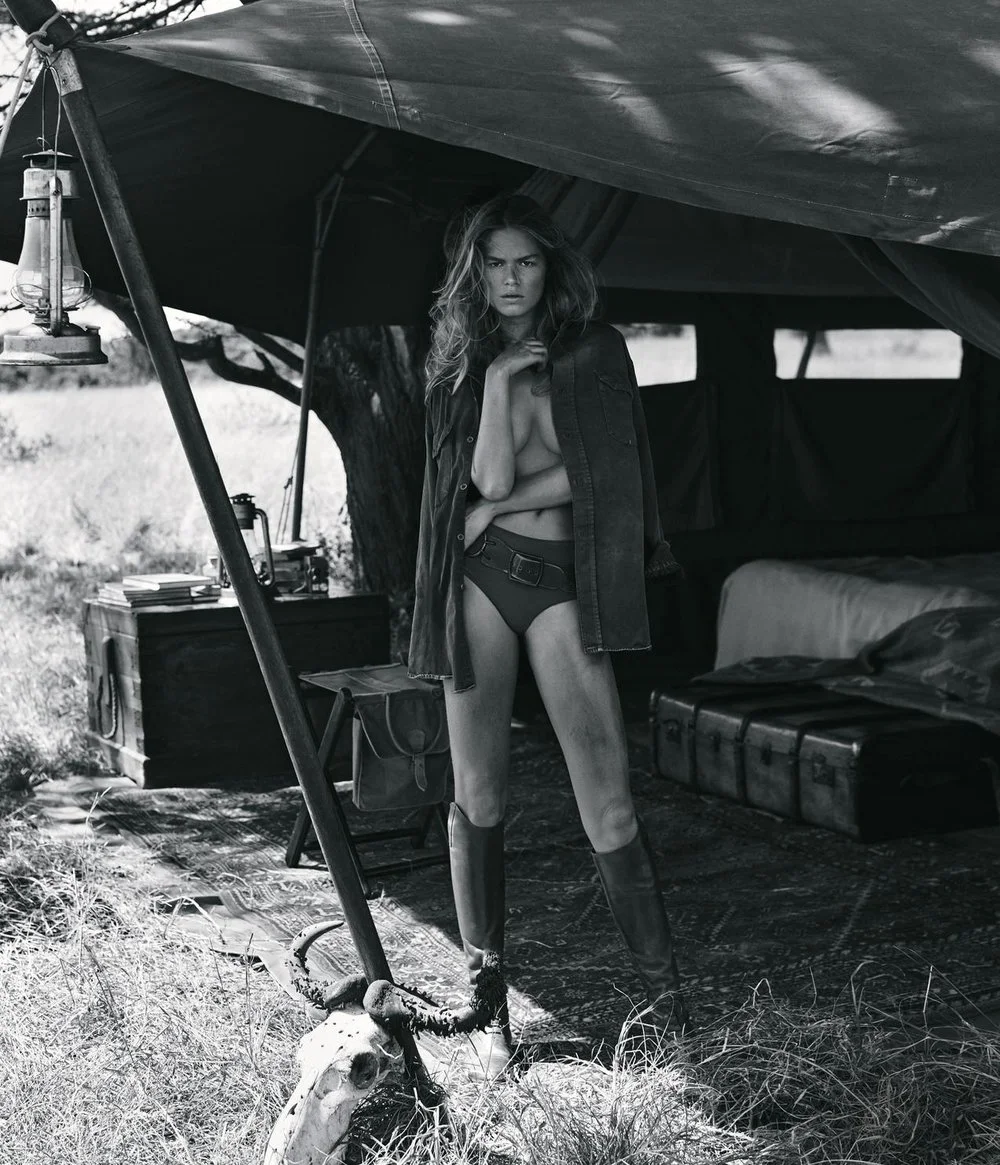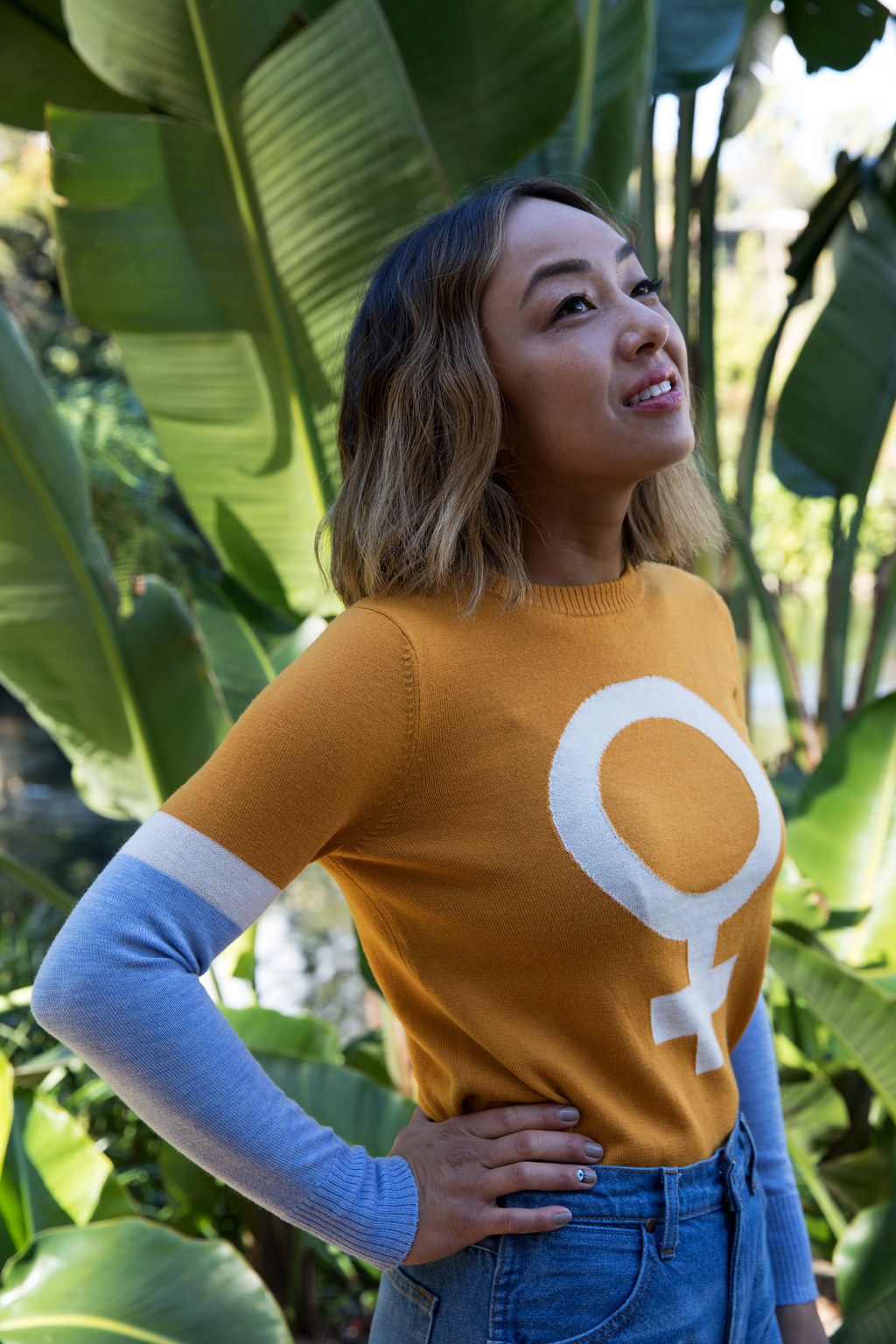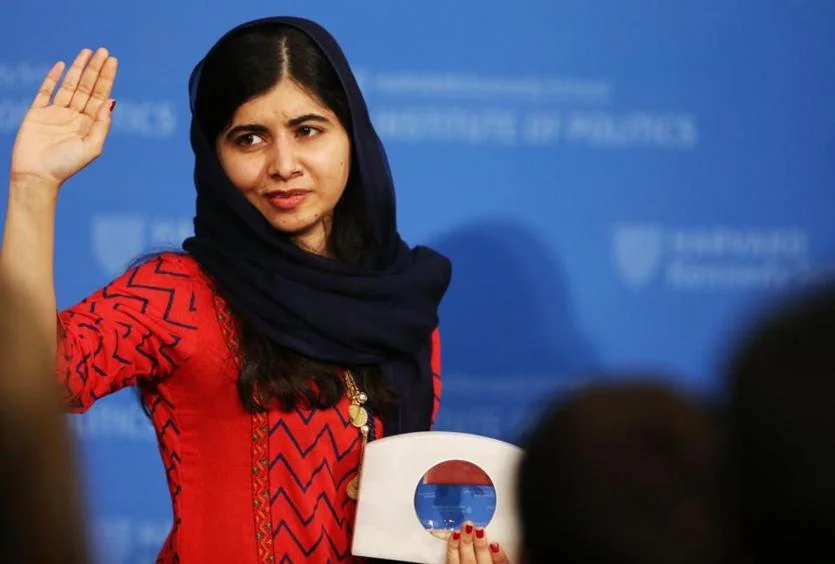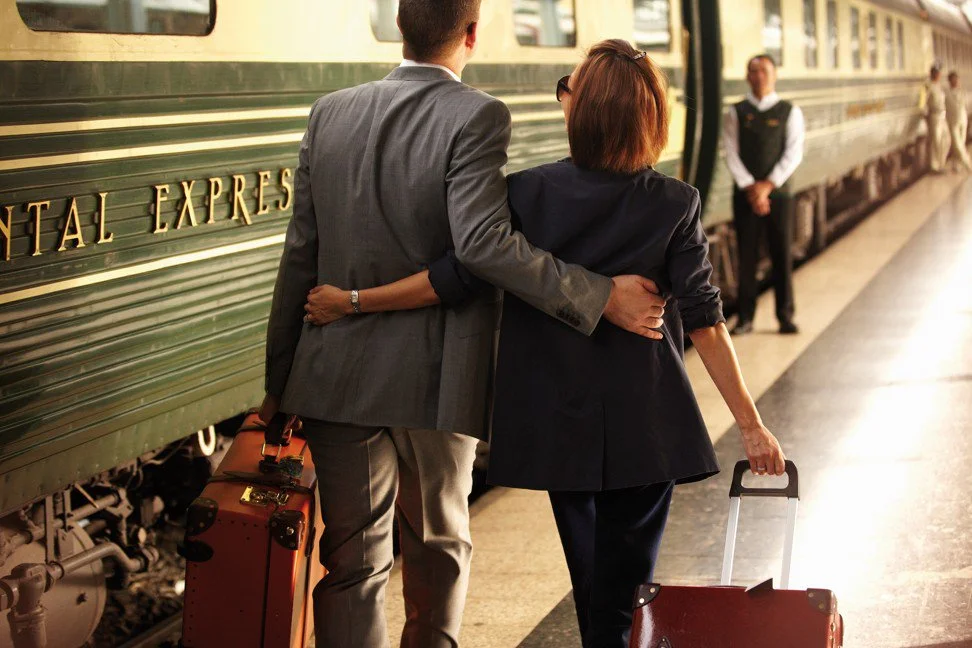Kurdish Women Fighters In Syria Say ISIS Fears Women Soldiers So Much They Shake
/YPJ soldiers carry the casket of Evrim, a female soldier who died while fighting ISIS militants, during her funeral in Derek City, Syria. About 24 soldiers from the YPJ and the YPG, a men’s unit, were buried during the month of August in this cemetery. Family members consider it an enormous honor when their children are killed in combat, calling the soldiers “Sehid” which means “marytr” in Kurdish. A popular saying in the community is “Sehid na merin,” which means “The martyr will never die.” Image by Erin TriebIn a media world assaulted with ISIS videos and threats of yet another beheading, the most fabulous story of heroism has emerged around a group of about 7,000 young Kurdish women in Syria who have armed themselves and joined the Women’s Protection Unit, or YPJ, “which grew out of the wider Kurdish resistance movement.”
This NBC News feature of dramatic images by New York-based photographer Erin Trieb are an inspiration for our ISIS media-weary souls.
Unlike the Iraqi soldiers who ran from ISIS, the Women’s Protection Unit is fighting to keep their people safe against attacks from Bashar Assad’s government, ISIS militants and the al Qaeda-linked al-Nusra Front.
YPJ recruits cry and embrace a fellow soldier who they thought had been sent to the front line. Image by Erin Trieb
The BBC writes that around a third of the Syrian Kurdish force is comprised of women, who fight alongside the men, exposing themselves to all the same dangers.
“Women are the bravest fighters,” says Diren in her BBC interview, taking refuge from the scorching heat in the cool of an underground bunker.
She and three comrades are having lunch: flatbread, cheese and watermelon. Many of the fighters, like Diren, 19, are still teenagers.
“We’re not scared of anything,” she says. “We’ll fight to the last. We’d rather blow ourselves up than be captured by IS.”
Unintentionally, perhaps, Diren points out the greatest weakness of the ISIS fighters.
Diren says that, to the fanatics of IS, a female fighter is “haram”, anathema: a disturbing and scary sight.
“When they see a woman with a gun, they’re so afraid they begin to shake. They portray themselves as tough guys to the world. But when they see us with our guns they run away. They see a woman as just a small thing. But one of our women is worth a hundred of their men.”
Update Oct. 5, 2014 Dirren means ‘resist, the name chosen by Ceylan Ozalp. I’ve been tracking these young women each week and my heart dropped for a moment just now. Ceylan is ALIVE and is not the brave young Kurdish woman who committed suicide in Kobane last week, rather than be captured by ISIS fighters, say the newest reports. Just to confirm how integrated the women fighters are against ISIS, seven men and three women fighters were beheaded in Kobane earlier in the week. End of update.
Update Oct. 7, 2014 Definitive reports about the status of Ceylan Ozalp remain hard to come by. It appears that she committed suicide, rather than be taken by ISIS.
Israel’s Haaretz newspaper writes today of major fighting between ISIS and the YPG fighters in the area near Kobani, Syria Turkey opened its border on Friday so that 60,000 Syrian Kurds could flee the area in a period of 24 hours. See also Kurdish fighters rush to Syria to stand with brethren against Islamic State via Haaretz.
YPJ soldiers eat a breakfast of peppers, tomatoes, cheese, flatbread and tea at their post in Til Kocer, Syria. Their meals are often modest since most of their supplies, including food, are donated by the local community. Image by Erin Trieb
A soldier named Amara wears a patch with the official flag of the YPJ on her uniform. The group’s red, yellow and green colors can be seen on scarves, flags and posters across the region. Image by Erin Trieb
Jin, left, a YPJ soldier, shares an intimate moment with her mother, Amina, at their home in Girke Lege, Syria. Although she lives at a base nearby, Jin had not seen her mother in over a month because of the highly demanding YPJ military schedule. Image by Erin TriebYoung recruits fix their hair at 4:30 a.m. before participating in training exercises near Derek City, Syria. Image by Erin Trieb. Young recruits participate in dawn exercises and drills near Derek City, Syria. Image by Erin TriebYoung recruits take a break by dancing and singing traditional YPJ songs at dawn, near Derek City, Syria. Image by Erin TriegYoung YPJ recruits participate in drills at dawn near Derek City in Rojava, the Kurdish area of Syria. The schedule is demanding and requires discipline: new soldiers in training get about 6 hours of sleep a night and wake up at 4 a.m; their day consists of a full schedule of drills and classroom lessons. Before joining the YPJ, many of the girls had never participated in physical activity or sports. Image by Erin TriebYazidi refugee Sohare Salam, 13, eats a piece of bread, the first food she has had in several days, in the back of a truck after reaching safety in Til Kocer, Syria. Sohare and her family were stranded in the Sinjar mountains after ISIS militants attacked her village, killing thousands and enslaving hundreds of women and children. The YPG and YPJ played a major role in helping liberate the Yazidis trapped on the mountain top.Image by Erin TriebYPJ soldier Shavin Bachouk sleeps early in the morning at an abandoned Iraqi Army post on the outskirts of Raabia, Syria. It is said among the Kurds that their female fighters inspire great fear in the ISIS militants, who believe that if they are killed by a woman they will not go to heaven. Image by Erin TriebYPJ soldiers cheer and display the peace sign at the sight of trucks carrying refugees from Mount Sinjar reaching safety in Til Kocer, Syria.Nuhad Kocer, 29, sits at a YPJ military base in Til Kocer, Syria. Beside her is “Azadi the doll,” named after YPJ soldier Azadi Ristem, pictured in the photo frame at left, who was killed by a sniper from the al Qaeda-linked al-Nusra Front.Image by Erin TriebYPJ soldier Asadi Kamishloo, 22, gets her eyebrows plucked by a fellow soldier at a base in the Syrian town of Til Kocer. The female soldiers experience a unique and close bond by living in close quarters, training and fighting together. Image by Erin TriebYPJ soldier Narlene, 20, puts a scarf around her face at an abandoned Iraqi Army post on the outskirts of Raabia, Syria. Most of the YPJ soldiers are unmarried and have chosen to dedicate themselves to the struggle, adopting practices of discipline, training, austerity, charity and, most importantly, “Haval,” their motto, which means “friendship” in the Kurdish language. Those who fight range in age from 18 to 24, but there are recruits as young as 12 who cook, do chores and train alongside their elders. Image by Erin TriebYPJ Captain Ronahi Anduk, 34, left, Gian Dirik, center, and Dirsim Judi, 18, right, work on a Dushka weapon in the town of Til Kocer, Syria. Image by Erin TriebDressed in pink, a young YPJ recruit arrives for her first day at a training base near Derek City, Syria.Image by Erin Trieb

















